1. Use Reflections
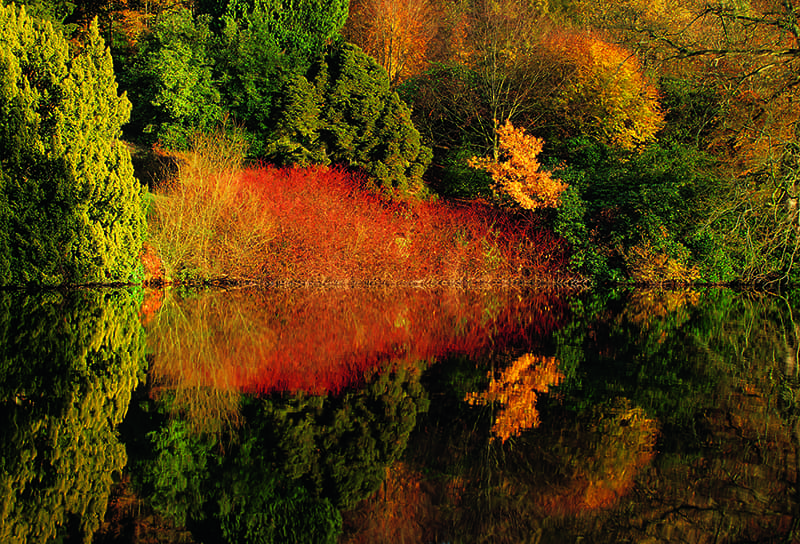
Use the reflective power of water to exploit autumn colour, shooting either in calm weather for a mirror-like reflection or breezy conditions for a more impressionistic look. The most vivid reflections of trees occur when they are side-lit, so visit your location early or late in the day.
2. Shoot Into the Light
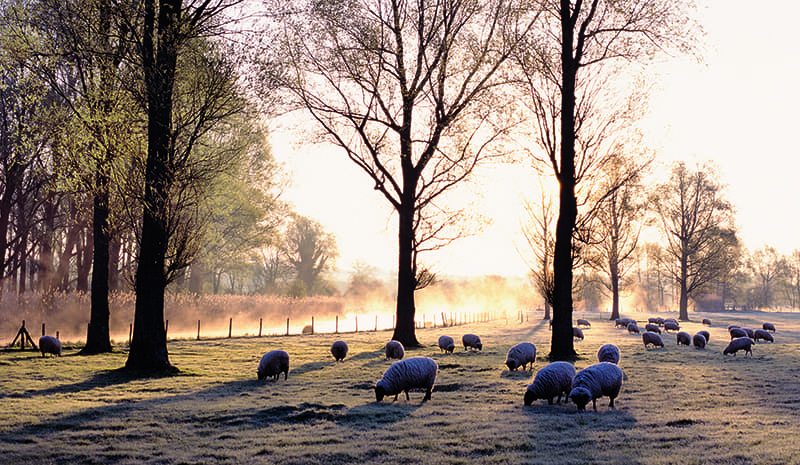
For a dramatic seasonal image try shooting towards the light. Morning mists and seasonal colour mean autumn is a perfect time to try this technique. Position yourself so that you can mask the sun with a tree as this will help avoid lens flare and make contrast more manageable.
3. Look Up
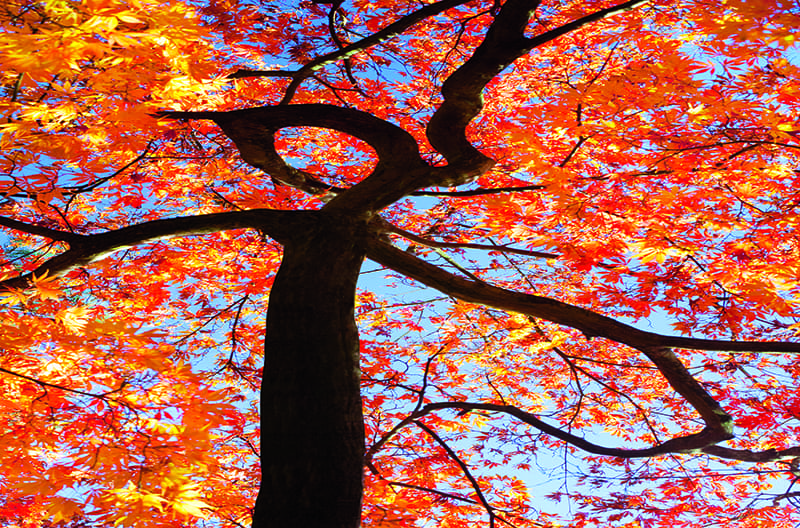
Tree branches stand out in dark silhouette against their colourful foliage, so try isolating strong patterns in the woody framework. Make a feature of meandering boughs, and use a zoom to help crop the subject – an interesting detail can have as much impact as the broader view.
4. Look Down
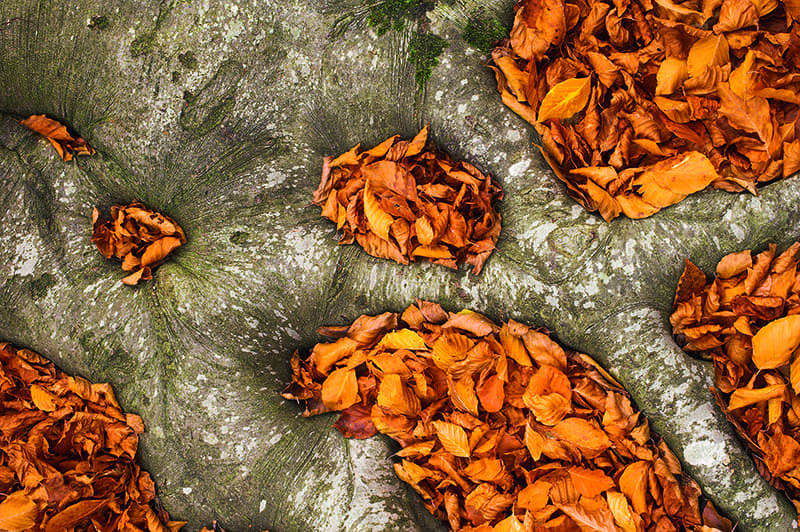
Search the woodland floor for interesting subject matter. It’s a great place to find seasonal details. Look for colour contrasts such as red or yellow leaves scattered on vibrant green moss and study the exposed root systems of trees, which form interesting patterns among the leaves.
5. Use a Soft Touch

For an atmospheric image try out a soft filter. For the best effect pick subjects that have a small amount of direct sun falling on them, and shoot towards the light – the filter will give a fine glow to the highlights. Pastel filters have a similar, but less intense, effect.
6. Shoot Still Life
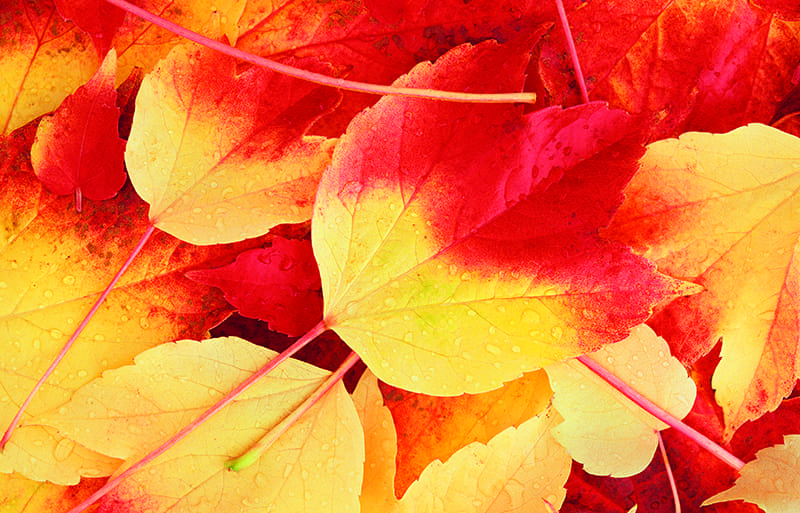
If bad weather puts paid to autumn landscapes, try selecting some colourful leaves for indoor work. Lighting is the key – but if you want a natural-looking image then you need nothing more than available daylight.
Soft light is preferable for close-ups, so work by a large northerly-facing window to avoid any direct sun. A reflector on the opposite side of the window can help even up the light a little.
7. Use Water

Probably nothing does more to enhance the strength of leaf colour than a dash of water. The foliage of many native trees is quite pale when dry, but becomes rich and vibrant when wet. What’s more, a polarising filter will work to maximum effect on wet leaves, eliminating reflection and revealing the strength of their colour. A heavy dew has the same effect, so in dry spells it pays to set out early and capture the glow of the damp foliage.
All images © Colin Roberts
About the author

Colin Roberts
A specialist in landscapes and nature, Colin Roberts turned professional in 2005. He has received a number of awards for his nature images including International Garden Photographer of the Year and the Royal Horticultural Society’s Photographer of the Year. To see more of his images visit his website at www.colinrobertsphotography.com







